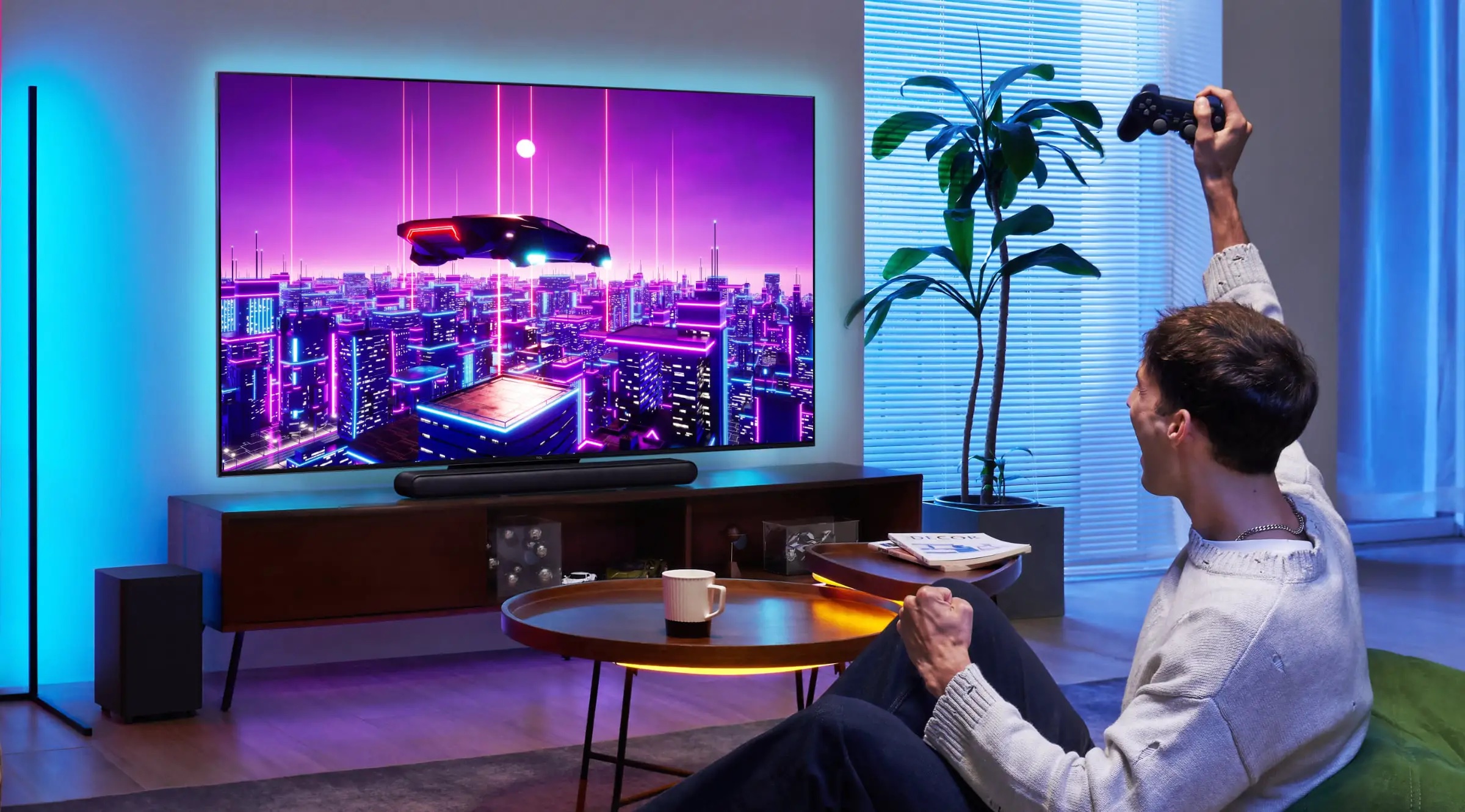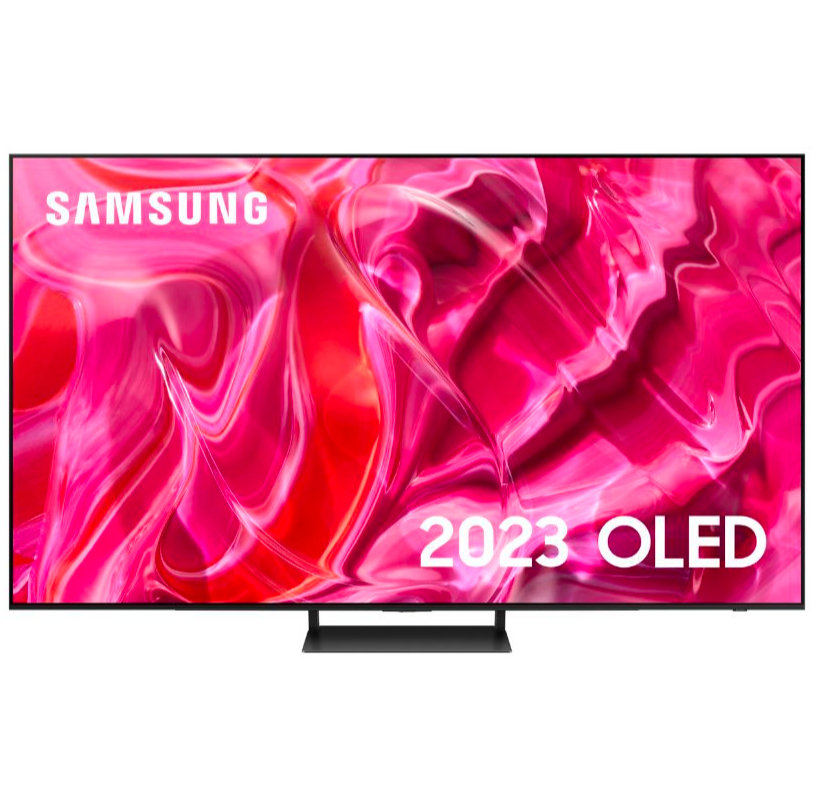
Most high-quality TVs that aren't from LG or Samsung have a MediaTek chip inside them to power a lot of what they do, from elements of image handling to connectivity – and that's come with an annoying for serious gamers, because it's limited even flagship TVs from the likes of Sony, TCL, Hisense, Philips and Panasonic to only having two HDMI 2.1 ports. Not any more. The new Pentonic 800 system on a chip (SoC), which is destined for thousands of TVs in 2025 and beyond, is much more gamer friendly.
At the moment, MediaTek chipsets enable two HDMI 2.1 ports and two HDMI 2.0 ones. And that's a problem when we're ranking these TVs among the best gaming TVs, because if you have one of the best soundbars connected to an HDMI eARC port, then that usually takes up one of the two HDMI 2.1 ports. So if you have more than one next-gen console with 4K 120Hz support, there aren't enough HDMI 2.1 connections.
That's changing. The new chipset allows for four HDMI 2.1 ports with full-fat 4K 120Hz/144Hz and VRR… and even 165Hz VRR. That doesn't necessarily mean every single TV from now on will give you four ports in every TV, but we'd expect the TVs that use this flagship chip to provide it, and that will probably go from high-end down to mid-range options, among the best OLED TVs as well as mini-LED models.
High-end and mid-range TVs from Samsung and LG already offer four HDMI 2.1 ports, so this means that the other brands will finally get the same levels of convenience.
That's not all. The new chipsets offer some further significant improvements for gamers and non-gamers alike.
What's new in 2025's MediaTek TV chips?
The Pentonic 800 delivers some serious improvements including the ability to deliver 4K HDR with VRR at up to a super-speedy 165Hz. For gamers there's also HDR10+ gaming and 4K 120Hz Dolby Vision, hybrid Wi-Fi/Bluetooth for gamepads, headphones and other accessories, and game-optimized upscaling.
The new AI processor promises to deliver a new generation of AI-powered upscaling, with 50% faster AI processing and 60% less bandwidth usage. New generations of AI Super Resolution, AI Contrast, AI Picture Quality Scene Recognition and AI Picture Quality Object Recognition, MediaTek says, "significantly improve upscaling, enhance picture quality, and eliminate noise, among many other enhancements for streaming and gaming."
Other system-wide benefits include Wi-Fi 7 support and hardware video decoding for a huge range of codecs including HEVC, AV1, AVS3 High Profile, and VVC (H.266) for high quality 4K video playback. The chip also supports MEMC, TCON, and high-resolution audio.
MediaTek hasn't given a launch date for the new system on a chip, but the odds are you'll see it in the 2025 models from the likes of Sony, Hisense and TCL globally, and in Philips and Panasonic TVs in Europe. We'll know for sure when new TVs are announced, usually at CES in the January, or in the weeks after. In the meantime, we're focusing on this year's big TV releases – take a look at our LG C4 review and our Samsung S95D review for two of this year's hottest sets.
Want a TV upgrade? Our top 3 picks for all budgets

The best-value elite TV on the planet is the S90C OLED TV: its pictures are stunning, it's got every key gaming feature, it's got all the streaming smarts, its sound is good, and it looks gorgeous. Here's our full Samsung S90C review.

Premium pictures for a much lower price tag. The Hisense U8K is bright enough to be ideal for sport, has great contrast for movies, as future-proofed for gaming, and is unbeatable value. Read our full Hisense U8K review.

Get this on one of its regular sales and its a steal. Excellent detail comes with rich, accurate colors, and an easy-to-use smart platform. It's even good for gaming. See our full Amazon Fire TV Omni QLED review.



!["[T]he First and Fifth Amendments Require ICE to Provide Information About the Whereabouts of a Detained Person"](https://images.inkl.com/s3/publisher/cover/212/reason-cover.png?w=600)



